- Home
- About us
- Activities
-
About us
- News & Update
- Library
- Countries
- extra
- contact
library
Click Show/hide
- ACHR "Housing by People in Asia" Newsletters
- ACHR E-news Bulletins
- Special Publications
- Academic Articles
- ACCA Program Documents
- ACHR Program and Project Reports
- Covid-19 Crisis Documents
- Disasters and Climate Change
- Community Architects Network (CAN) publications
- Cambodia Documents
- Thailand Documents
- Other Country Documents
- Video Films
- Collective Housing Case Studies in Asia
- How to do Collective Housing
How to do Collective Housing
How to build a movement for collective housing in the city
This could include forming citywide community networks, cultivating partnerships between community networks and local government and other key stakeholders, how to use small collaborative projects to leverage big collaborative projects. Understanding what resources and policies and potential support mechanisms are there to promote collective housing. How to put the collective housing issue on the city agenda.
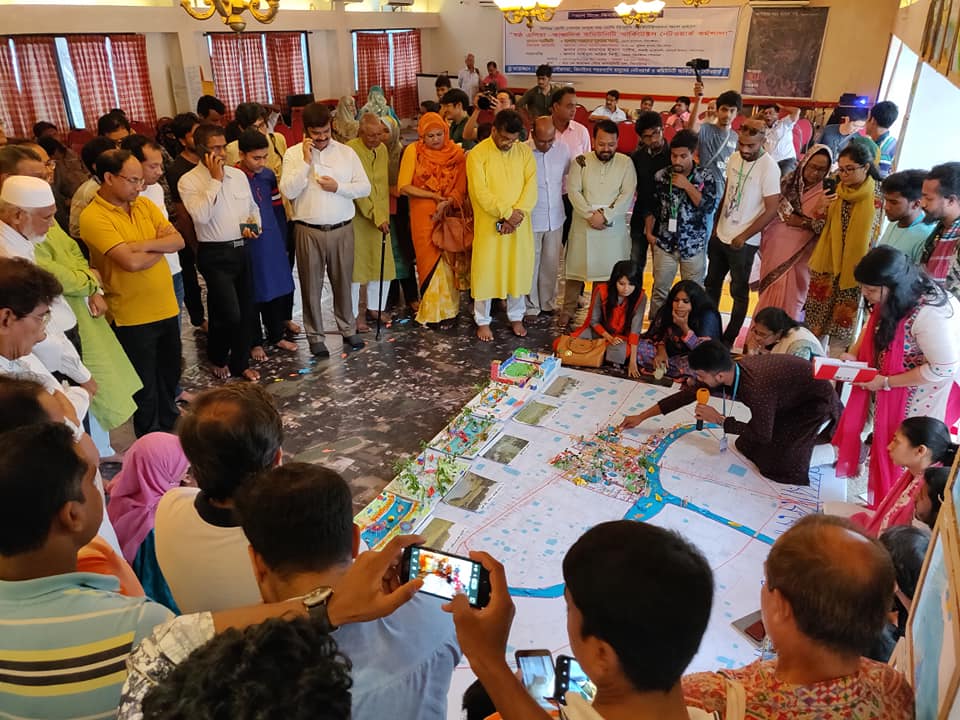
BANGLADESH | How to scale up a community-driven housing movement
The citywide network of poor communities and their community architect partners in the city of Jhenaidah first started developing some collective housing projects in 2014. Those seminal housing projects led the city to embrace a more inclusive and more collective way of designing urban spaces and including poor communities in the life of the city, from entrepreneurship to community gardening. These collective and community-led projects have inspired communities and professionals around the country and led to similar work in many other cities in Bangladesh. This video describes that growth.
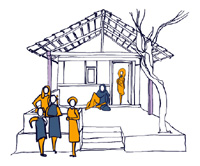
INDIA | How to build a movement for collective housing: Stories from slum communities in Bhuj, India
This book tells the stories of poor women and men in India who came together and built a movement for collective housing in their city, in close collaboration with a network of activists and housing professionals, and with their local government. The book outlines the collaborative and participatory processes which helped them to imagine, design, finance and build safe, secure houses, which they own, as registered cooperatives. Though specific to the communities it was crafted in, the processes described in the book can be adapted and used in many situations.
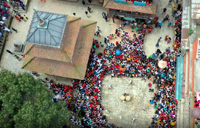
NEPAL | Heritage settlement recovery plans: Envisioning the future with communities
The traditional Newari settlements in the Kathmandu Valley were badly damaged by the 2015 earthquake. But even before that, they were under serious threat from urbanization. After the quake, the Kathmandu-based NGO Lumanti focused on reconstruction, but while doing so, they found that the tangible and intangible heritage of these ancient settlements was gradually disappearing too. So they began working with the communities - and especially the women's groups - to create plans to recover and preserve this heritage in ten of these old settlements. This video describes that work.

THAILAND | Citywide upgrading in Thailand and Asia
A film of a lecture that Somsook gave in a workshop in Yangon in 2018. The video will cover policy change, mechanisms, community finance, key components of citywide upgrading.

THAILAND | History of Collective Housing in Thailand
A story of collective housing movement in Thailand since 1960s
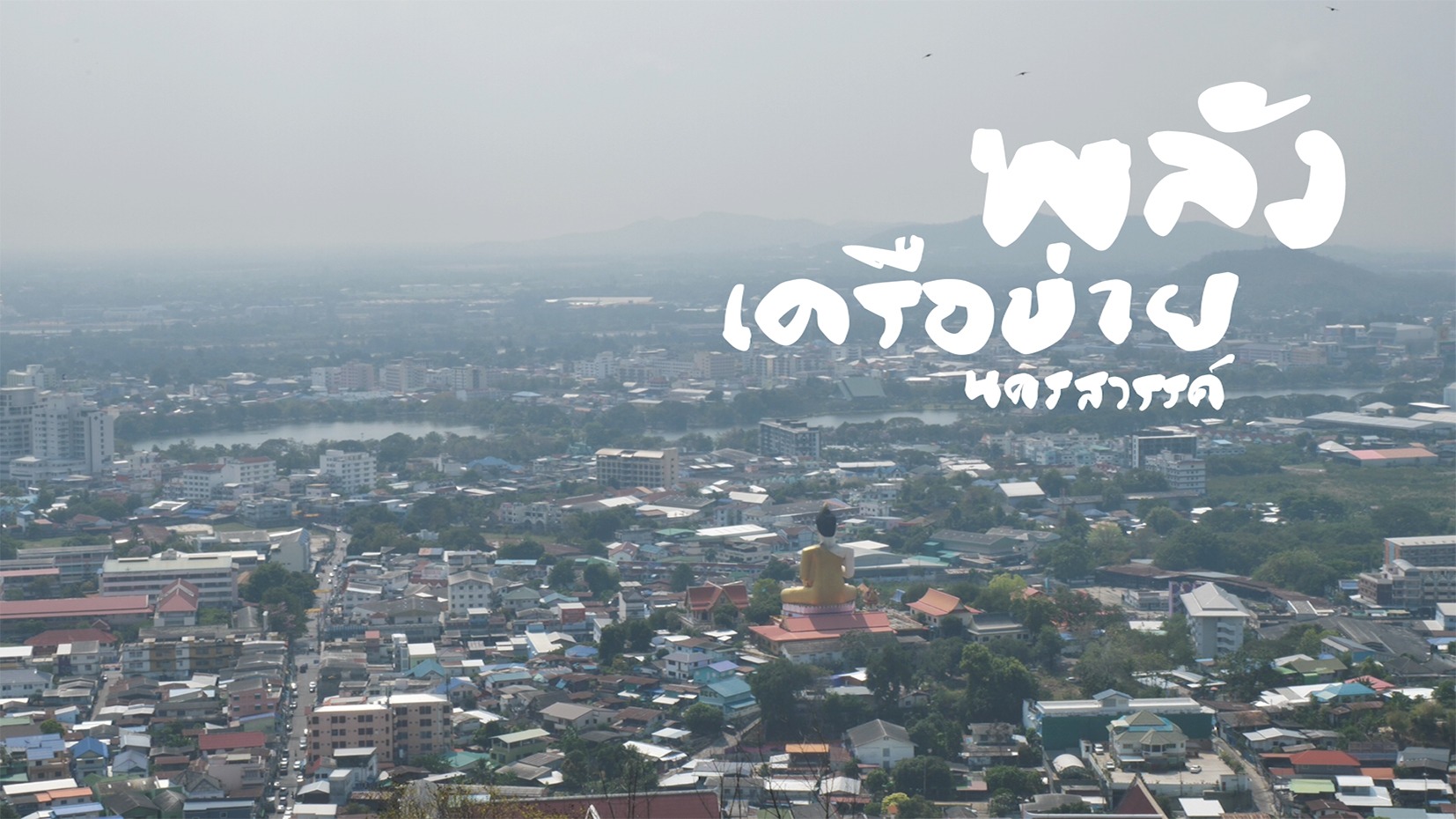
THAILAND | The Power of the Network: Nakhon Sawan Community Development Network, Thailand
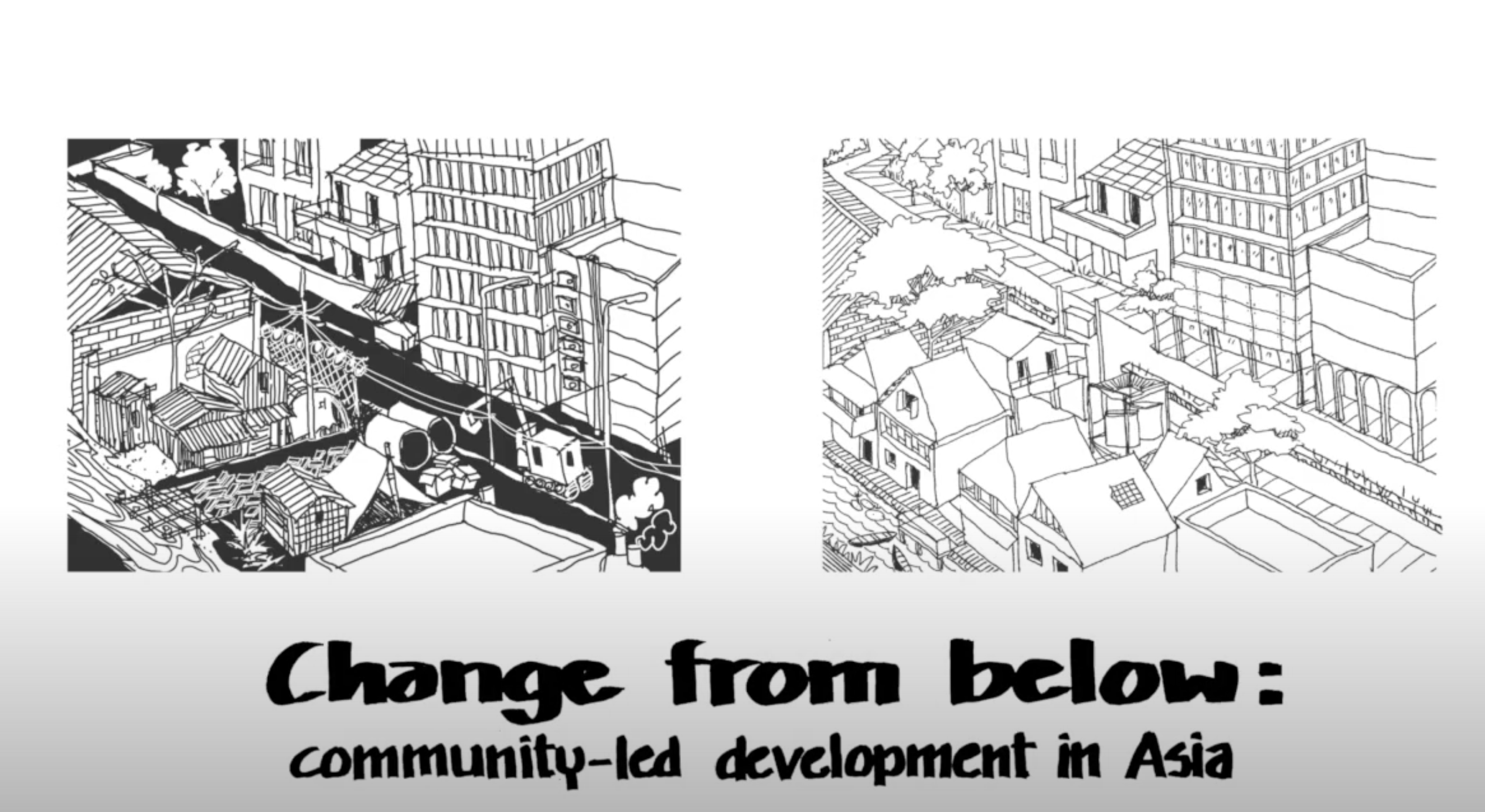
THAILAND | Change from Below: Community-led Development in Asia
ACHR in collaboration with the Knowledge in Action for Urban Equality (KNOW) research project documenting the community-led development as a pathway to urban equality in four southeast asian cities, Nakhon Sawan in Thailand, Yangon in Myanmar, Yogyakarta in Indonesia. and Danang in Vietnam.
How to get land for collective housing
This includes a lot of things: citywide surveying to find possible land, to determine land ownership in existing communities, to map which communities can upgrade in the same place and which communities can't stay and have to relocate. Part of citywide planning. Also strategies for negotiating to get land for housing once it is identified: government land, land-sharing, land swapping, consolidation, negotiating to stay in same place, lease agreements, etc.
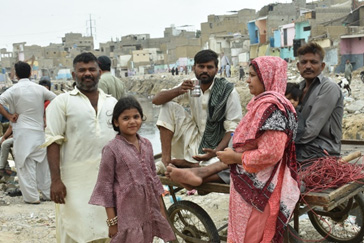
PAKISTAN | How to negotiate for collective resettlement and housing in an eviction crisis
This presentation from the Urban Resource Center describes how informal communities in Karachi, Pakistan use their collective power to make their own housing and settlements from scratch, and then use that same collective power (with some help from friends and allies in the city) to negotiate for resettlement when they find themselves being evicted from those communities they built. It's a sad story that repeats itself again and again in Karachi, but some cases of communities successfully winning resettlement housing after evictions are described in the slides.
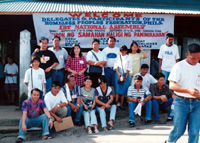
PHILIPPINES | The collective housing process of the Homeless People's Federation Philippines: Organizing and getting land
These three films come from the Homeless People's Federation in the Philippines, and they describe the steps poor communities in the federation follow to collectively plan, design, build and finance their own housing projects. This first video in the set describes all the work communities have to do before the house building actually starts: organizing themselves, forming savings groups to save for land and housing, registering themselves as home owners associations, searching for and buying land and exploring various housing finance options.

THAILAND | How to do rural planning for landless people: the case of Hong Cha Learn community
This video will cover land, design and planning process with communities, mechanisms, advocacy, policy change.
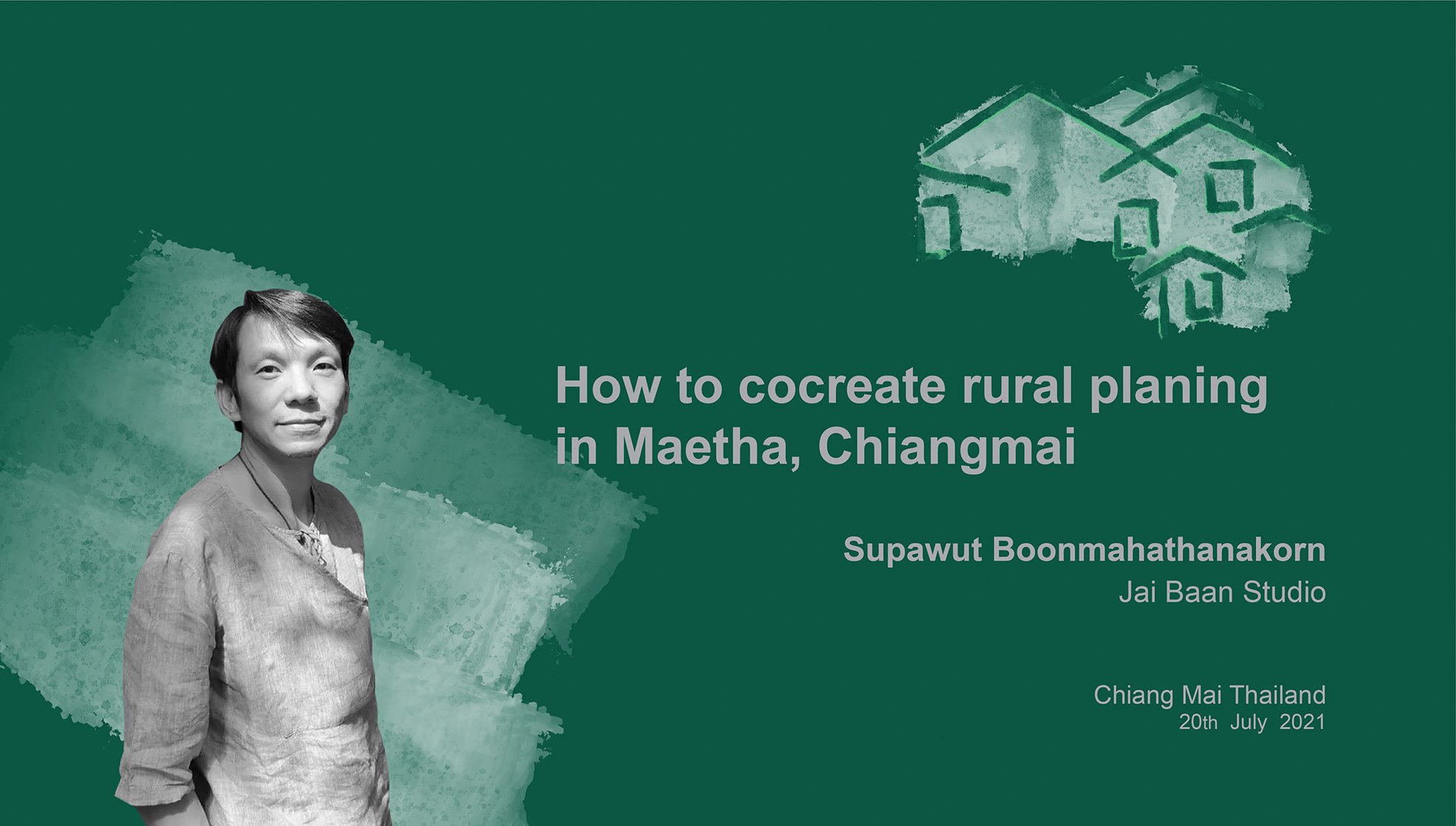
THAILAND | How to co-create rural planning: the case of Mae The, Chiang Mai
Tee Supawut and his team at Jai Baan Studio on co-creating rural planning in Mae Tha subdistrict in Chiang Mai, Thailand
How to finance collective housing
This includes all the community finance components which are so crucial to community-management of housing: savings to build collective financial management capacities, city funds, linking with larger finance sources (government, private banks, microfinance). This also includes how collective housing loans and collective management of the finance can work.

Myanmar | Collective savings: learning from Yangon, Myanmar
This film shows how groups of very poor women living in Yangon's informal settlements and rental rooms come together and use collective savings as the primary tool in their own self development process. The film details how they form their savings groups, how they build their common financial resource and how they manage loans to their members for emergencies, household needs and small businesses. The film also shows how the women use savings to buy land, build houses and create a social welfare system which they manage and fund themselves.

THAILAND | Community Finance in Dong Klee Lek Subdistrit
Community Finance in Dong Klee Lek Subdistrit
How to formalize / legalize collective housing
Building new policies and legal mechanisms to support collective housing and make it more formally recognized; or making use of existing policies or legal mechanisms to promote collective housing and cooperatives (like cooperative ownership of kampungs in Jakarta and Baan Mankong).

THAILAND | Co-create rural planning: the case of Dongkheehlek
How to co-create rural planning: the case of Dongkheehlek Subdistrict in Thailand
How to plan and design collective housing
This includes all the participatory layout planning and house design techniques and aspects; also bringing different elements in to the planning to make the housing more than just shelter and address other human needs: like cluster planning, alternative infrastructure services, community vegetable gardens, food security, healthy communities, alternative and climate-friendly and cost-reducing construction materials and basic services, sustainable design, ecological planning, seismic resistance, resilience to disaster and effects of climate change, etc.

BANGLADESH | Co-design of collective housing and settlements
This film from POCAA in Bangladesh is both a "how to" and a pep talk for architects, planners and professionals who want to work with poor communities in new ways. Usually, architects are the ones who design things, and people are the passive beneficiaries. But in this alternative way of designing housing and settlements, the community people are the designers: studying their needs, drawing up their dream houses and developing practical, affordable, beautiful designs - and the architects and professionals are the facilitators and technical supporters of that community-led process.
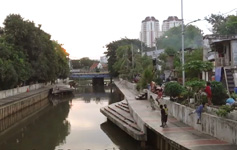
INDONESIA | A collective housing movement in Jakarta's kampungs
The teams at the JRMK community network and their NGO partner the Urban Poor Consortium in Jakarta decided to make a film about the collective housing movement in Jakarta's kampungs. The film describes the three strategies that are key parts of that joint movement: community organizing, advocacy and networking. In all of these strategies, the people-driven kampung upgrading on the ground is important. As the community network expands, this video will help new kampungs to understand the
ideas and the depth of the JRMK network and its movement.
ideas and the depth of the JRMK network and its movement.

PHILIPPINES | Community-managed design and construction
In this second video from the Homeless People's Federation in the Philippines, they describe in detail all the parts of the collective housing design and construction process: working with community architects in design workshops to design and cost the houses, set plot sizes, develop the site layout and formal subdivision plans to submit for permissions. Then setting up community committees to oversee different aspects of the construction process, getting building permits, starting the construction and working out who does what.
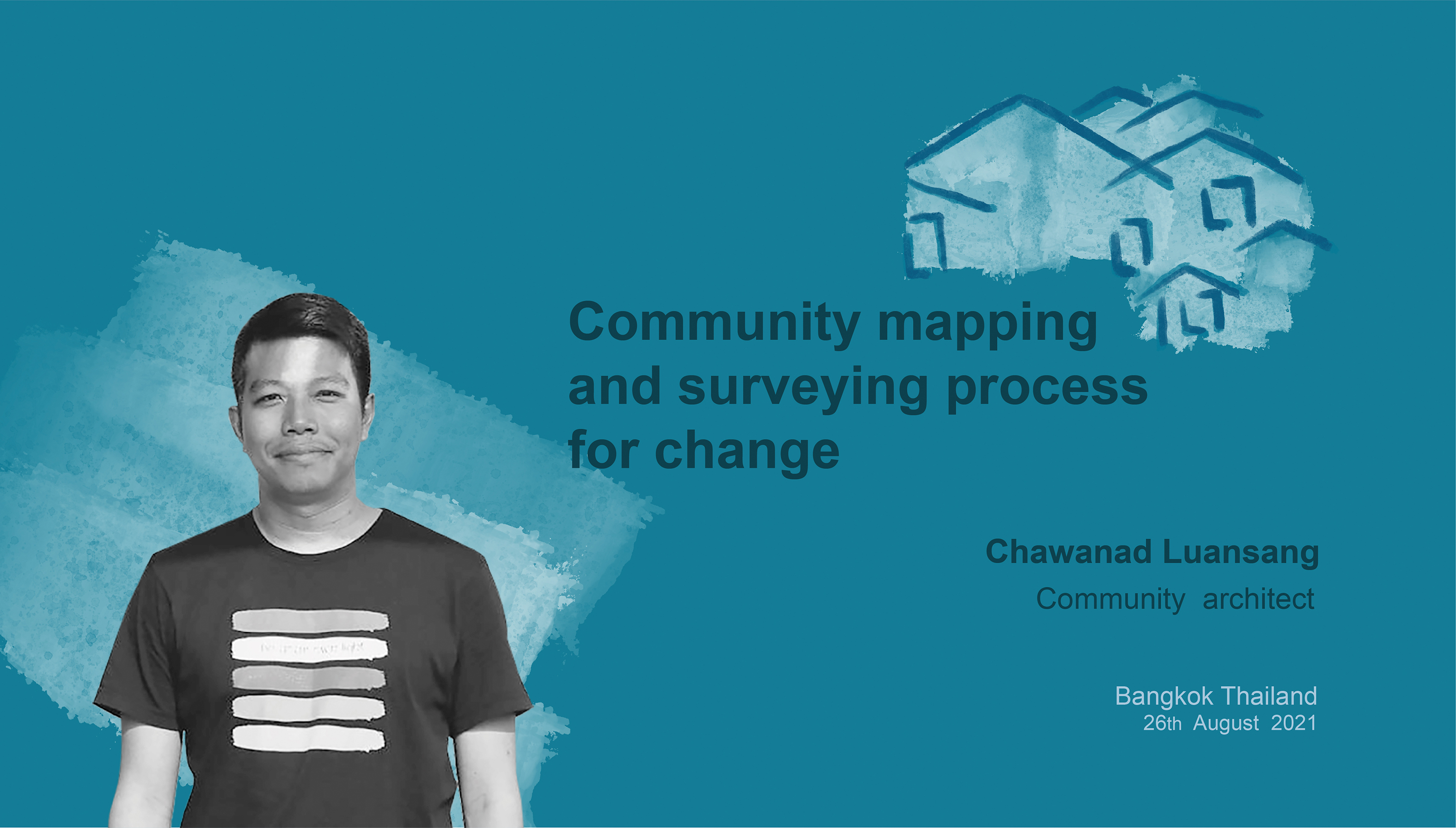
THAILAND | Community mapping and surveying
Chawanad Luansang presents how to do community mapping and surveying at city level and community level.
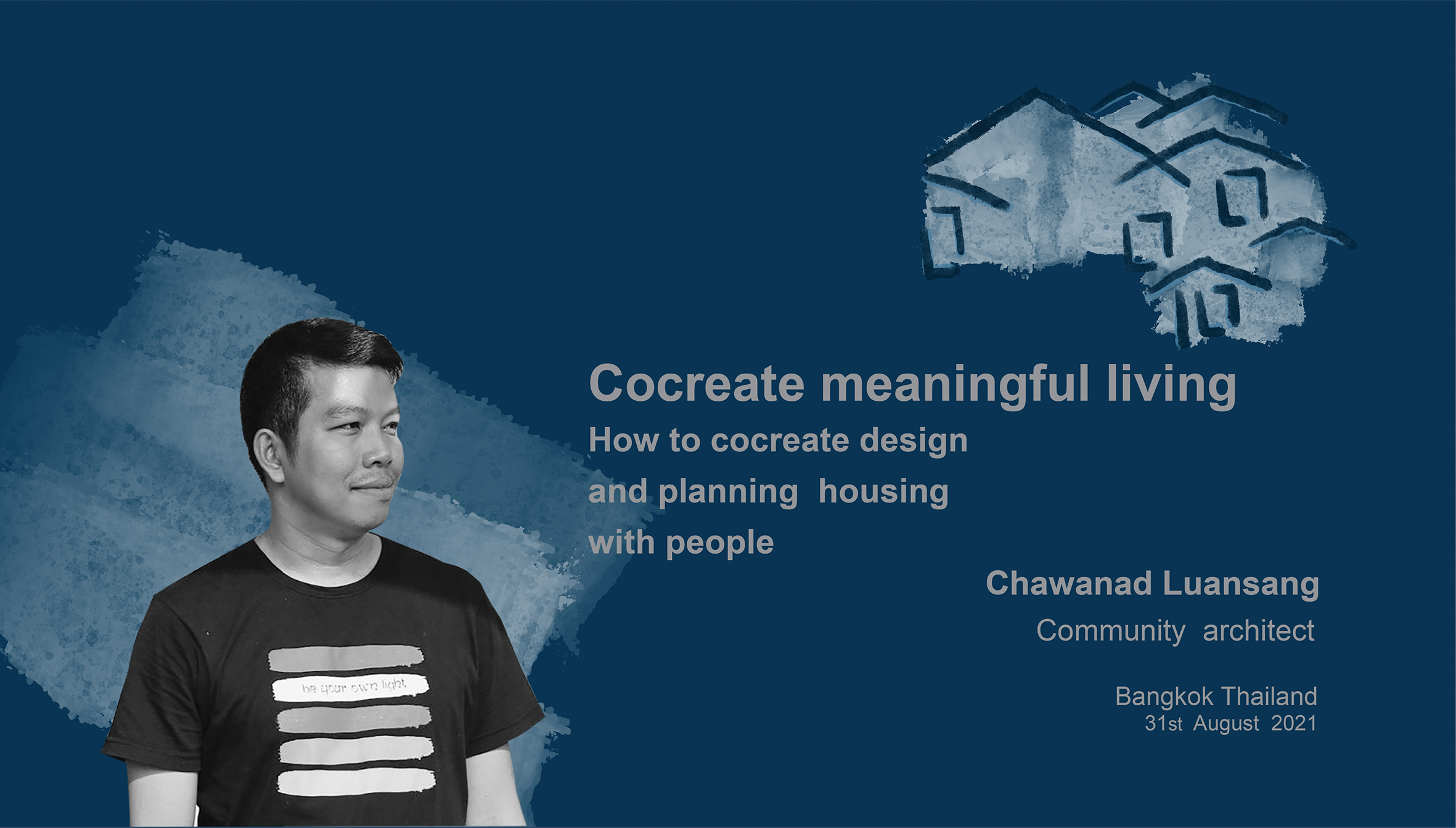
THAILAND | Co-create community planning or housing
Chawanad Luansang presents how to cocreate design and planning housing with people
Spin-offs from collective housing
When communities go through the fire of making their own collective housing projects, they usually emerge much more capable and confident, and are ready to use their collective strength to go on to do other things together: participate in local city planning and city issues and projects (like planning public open spaces and amenities) as full development partners, address other human needs and issues beyond housing like food security, health, education, Covid response, welfare, boosting livelihoods, community tourism, collective enterprises.
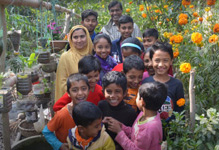
BANGLADESH | How to bring children into a citywide collective community gardening movement
This film comes from Bangladesh, where groups of children in two cities - Jhenaidah and Dhaka - used the opportunity of being out of school during the Covid lockdown to design and cultivate their own gardens, sometimes in extremely small spaces. They were helped by some out-of-work schoolteachers, community architects and many citizens who contributed space and seeds to the project. In the process of learning about gardening, the children not only brought beauty and greenery into their communities, but they produced vegetables and fruits for their dinner tables.

MYANMAR | Handbook for a green community
Here is handbook full of ideas about how urban poor communities in Yangon are using their collective people power to make their settlements greener and healthier in different ways: planting trees for shade and fruit, flowers for delight, herbs for health and vegetable gardens for food. The handbook draws on wisdom from the women's savings group members and the community gardeners in the Mae Myit Thar housing projects in Yangon, with support from Women for the World, Steps Community Architects - and with original illustrations by Marina Kolovou Kouri.
PHILIPPINES | What happens after the houses are built
In this third video from the Homeless People's Federation in the Philippines, they describe all the things people can do after their houses have been built to bring their new community into an active relationship with the city they are part of: registering the community with various agencies and government bodies, taking part in the barangay-level and city-level development councils, paying courtesy calls to local officials to cultivate friendly relations, partnering with other communities through citywide networks and making friends with academics, students and other local partners.

THAILAND | How to co-create a collaborative urban farm: the case of Chiang Mai urban farm
A presentation by Supawut Boonmahathanakorn from Jai Baan Studio on how to co-create a collaborative urban farm in Chaing Mai.
The video covers land, design, mechanisms and policy change.
The video covers land, design, mechanisms and policy change.

THAILAND | How to co-create public spaces for people: the case of the city of Chaiyapoom
Witee and his team at CROSSs Community Architects show us how to co-create public spaces for people: the case of the city of Chaiyapoom in Thailand




